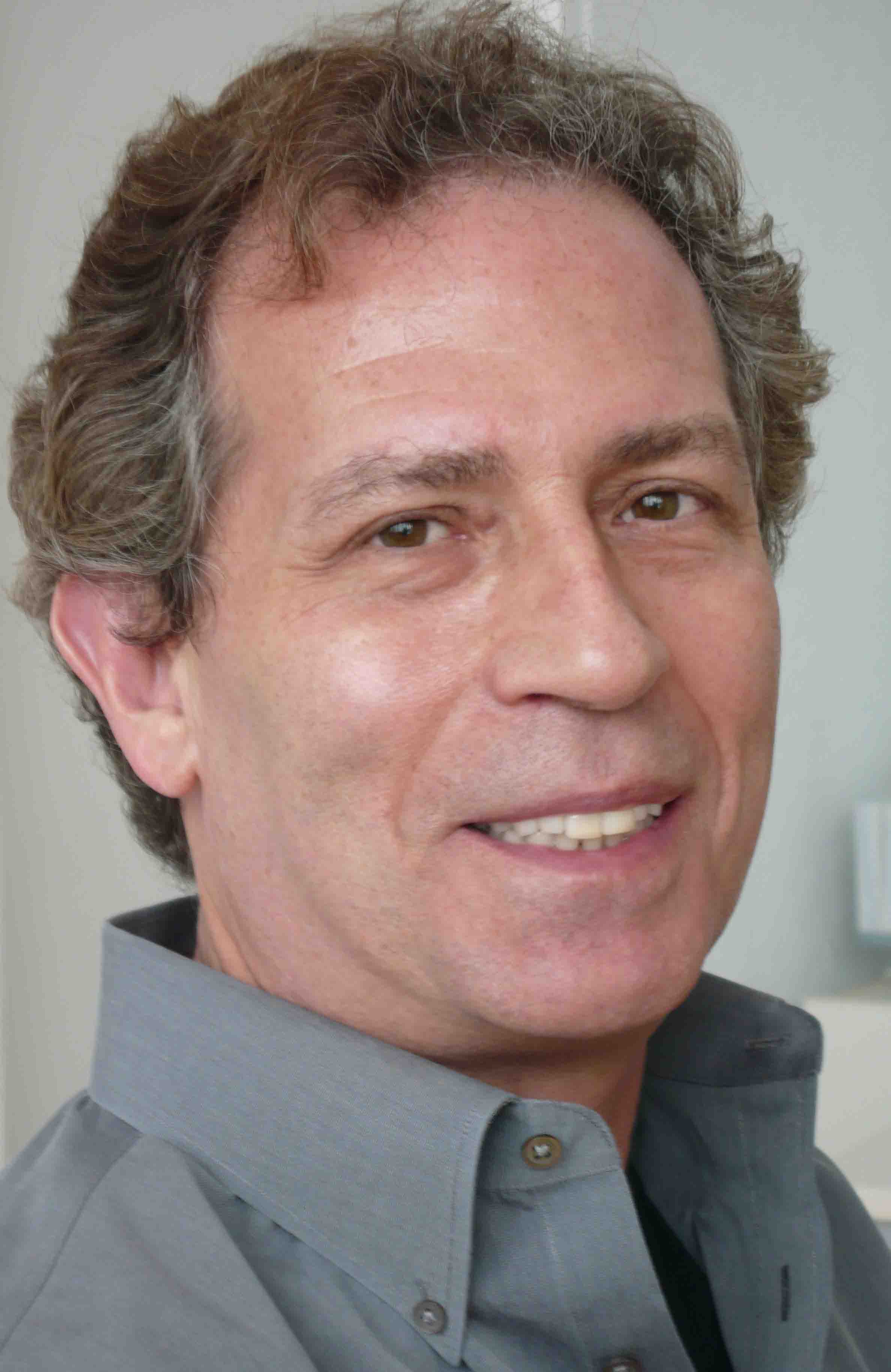Representing Earth
 Michael Naimark, USC School of Cinematic Arts
Michael Naimark, USC School of Cinematic Arts
michaelSeminar on People, Computers,
and Design
Stanford University March 5, 2010, 12:50pm, Gates B01
Representing Earth, actual places at actual moments, presents unique opportunities and challenges. Unlike fantasy places, Earth has a "ground truth" frame of reference, indexed by latitude, longitude, altitude, and time. Hence all potential Earth models can cross correlate into a singular unimaginably giant Earth model, containing as much detail as is chosen to add. The big players know it and the field is lively. Advances and new features spring up weekly - based on novel camera rigs, automated image morphing, crowd-sourced 3D modeling, live webcams and other sensors, and immersive displays. So have critical concerns - around access, control, privacy, and authenticity. The artist and activist communities know this as well.
My presentation is based on a visiting faculty seminar in Fall 2009 at NYU's Interactive Telecommunication Program, which attempted to make both pedagogical and practical sense out of this fast-moving and uncharted domain. http://itp.nyu.edu/RepresentingEarth/
![]()
Michael Naimark has been exploring "place representation" as an artist and researcher for over 30 years. He has made custom camera systems to record from the street, sidewalk, air, rail, and trail; a stereo-panoramic system to record UNESCO World Heritage sites; and living room tableaux spray-painted white for unique relief projection experiences. Michael's projects exhibit internationally and in 2002 he received the World Technology Award for the Arts. In 2007-8, Michael lead a USC team that received a Google research award for integrating photos into 3D Earth models.
Michael Naimark is a Research Associate Professor in the Interactive Media Division of the USC School of Cinematic Arts. He has served on the Visiting Committee of the MIT Media Lab, the Board of Directors of ZERO1 San Jose, the Scientific Council of the Boltzmann Institute for Media Arts Research in Linz, and has been a member of the Society for Visual Anthropology since 1984.
![]()
The talks are open to the public. They are in the Gates Building, Room B01 in the basement. The nearest public parking is in the structure at Campus Drive and Roth Way.
View this talk on line at CS547 on Stanford OnLine.
Titles and abstracts for previous years are available by year and by speaker.